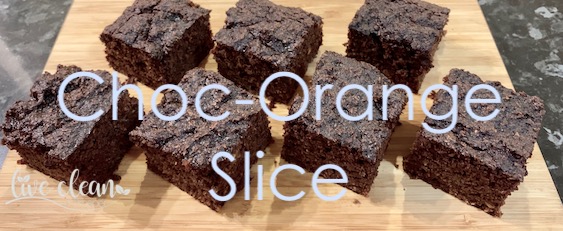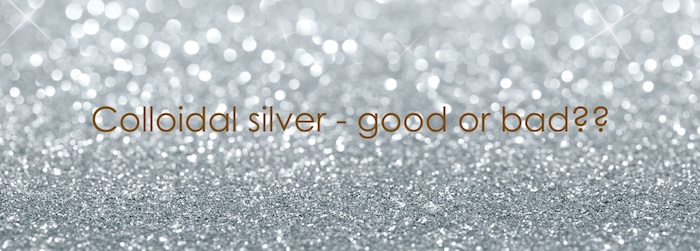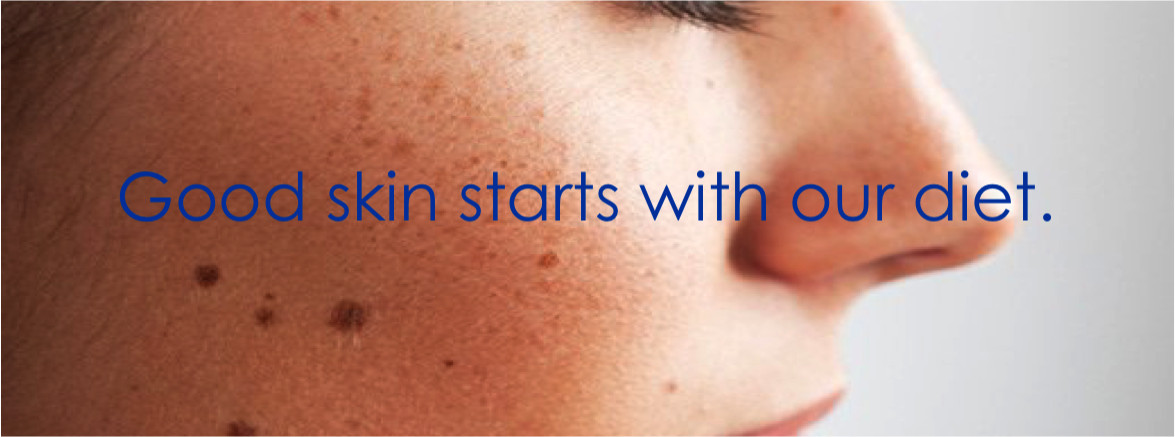Today I’m sharing another recipe, this time featuring Oranges.
At this time of the year our orange trees are full of fruit and I like to find different ways of using it.
What I like about this recipe is that it uses the whole fruit and nothing is wasted. You get every bit of nutrition out of the fruit.
I have previously written about the health benefits of Oranges, of which there are many.
As is usually the way with many fruits, eating an orange is healthier than just drinking the juice. With this recipe, you eat the peel as well, which actually contains higher amounts of some nutrients than the flesh.
This slice is wheat free and almost dairy free (the eggs) and tastes amazing when served a little warm with cream or yoghurt.
Choc-Orange Slice
Makes 16 pieces
Ingredients
2 whole organic oranges (about 400gm weight)
4 large eggs
100 gms desiccated coconut
75 gms almond meal
100 gms rapadura sugar
2 tbsp maple syrup (or rice malt syrup)
3 tbsp cacao
2 tsp bi carb soda (or baking powder)
Method
- Wash oranges and put them in a large saucepan, covering them with water. (Put a small plate on top of the oranges to stop them floating.)
- Bring to boil, and then simmer for approximately 40 minutes till the skins have softened.
- Take the oranges from the water, cut them into quarters and allow to cool.
- Remove any pips and place the pieces into a food processor.
- Process till you have a smooth pulp.
- Add the eggs and maple syrup processing till just mixed.
- Add the dry ingredients and process till combined.
- Pour the mixture into a prepared 20 x 20 cm tin and bake at 180* for approx. 1 hr until firm to the touch.
- Allow the slice to cool a while before removing it from the tin and cutting into squares.
** Variations **
- If you have a nut allergy you can swap out the almond meal for more coconut.
- If you don’t want the chocolate, just leave it out.
A bit about Orange peel
Although orange peels are edible, they are not nearly as sweet or as juicy as the pulp.
It may surprise you that the skins have about four times more health benefits than the actual orange fruit that we eat.
Orange peel actually has more fibre than the fruit inside. The pith of the orange — the white part between the skin and fruit — can be sour or bitter but actually contains just as much vitamin C as the fruit itself.
The orange peel contains flavonoids and other phyto-chemicals that are highly beneficial for our health. Flavonoids are antioxidant compounds that help prevent chronic diseases such as cancer and heart diseases.
Orange peels contain several B vitamins, vitamins A and C. In addition, the peel contains considerable amounts of copper, calcium and magnesium.
(Sources: www.livescience.com, www.manipalhospitals.com, www.articles.mercola.com)
Also keep in mind, that unless you’re eating peel from an organic orange, it could be covered in chemicals.
I hope you enjoy this slice as much as we do.
Till the next post,
Live clean n Prosper



